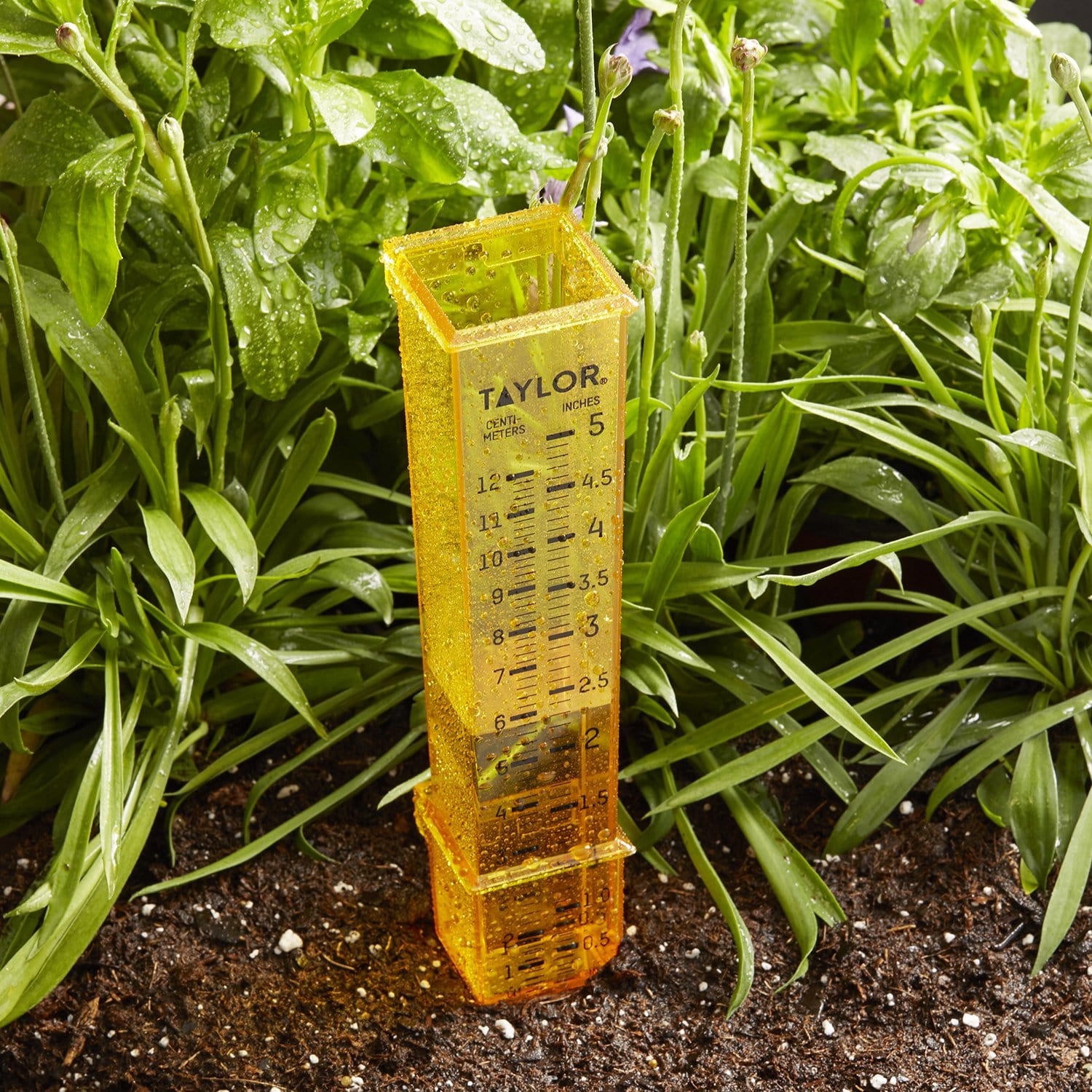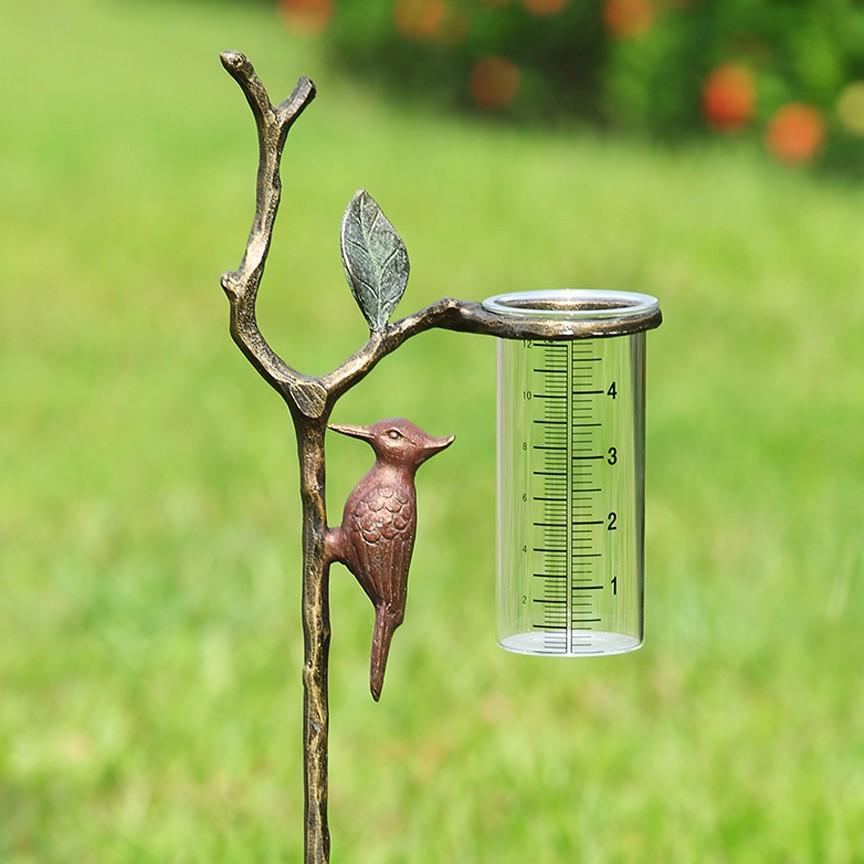The Rain Gauge: Enhancing Agricultural and Environmental Keeping Track Of Efforts
Wiki Article
Comprehending Rainfall Scale Measurements: A Total Guide
Recognizing Rain Gauge Dimensions: A Complete Overview is an extensive resource for anybody looking for a deeper understanding of rainfall scale measurements. Whether you are a specialist in the area or merely have an interest regarding rains dimension, this guide will certainly equip you with the knowledge required to successfully make use of rainfall scale measurements.The Importance of Rainfall Scale Measurements
The importance of rain gauge dimensions exists in their function as an essential device for properly keeping an eye on and assessing precipitation levels - The Rain Gauge. Rainfall scale measurements supply beneficial data that assists meteorologists and hydrologists understand patterns and trends in rainfall, which in turn help in various areas such as farming, water resource monitoring, and climate study
Accurate rainfall measurements are important for farming as they help in determining watering needs, crop development, and return predictions. Farmers depend on this details to make enlightened choices concerning when to water their plants, preventing water wastefulness and guaranteeing optimum plant health and wellness. Furthermore, rainfall data helps in analyzing the impact of droughts or excessive rains on crop manufacturing, enabling farmers to take ideal procedures to minimize losses.
Water resource administration heavily counts on rainfall gauge measurements to identify the quantity of water offered in lakes, tanks, and rivers. Specific measurements allow water managers to make enlightened decisions about water appropriation and distribution, ensuring lasting use and preventing scarcities. This info is particularly important in regions where water shortage is a pressing problem.
In addition, rain scale measurements play an essential duty in environment study. By accurately determining rains over prolonged durations, researchers can examine lasting environment patterns and identify adjustments in rainfall patterns because of environment change. This information helps scientists and policymakers create techniques to adjust to and alleviate the results of environment modification.
Types of Rain Gauges
There are various types of rain evaluates made use of to measure rainfall properly. Each type has its very own benefits and constraints, making them suitable for various functions and atmospheres.One of the most usual kind of rain gauge is the basic round scale. It contains a round container with a large funnel-shaped top to collect rainwater (The Rain Gauge). The water is after that channelled right into a graduated gauging tube, permitting exact measurement of the quantity of rains
An additional type is the evaluating rain gauge. Weighing rainfall evaluates are particularly valuable in locations with frozen rainfall or hefty rainfall, as they are not influenced by splashing or evaporation.
Tipping bucket rain evaluates employ a device that pointers a tiny bucket each time it collects a particular quantity of rainwater. The variety of pointers is videotaped and made use of to compute the rains. This sort of scale is frequently made use of in automated weather condition terminals as a result of its reduced upkeep needs and capability to provide real-time information.
Ultimately, there are radar-based rainfall determines that usage radar technology to approximate rains. These evaluates measure the intensity of rainfall in a specific location by evaluating the reflected radar signals. They are particularly beneficial for determining precipitation over large areas or in remote places.
Exactly How Rain Scale Measurements Work
Rainfall gauge dimensions are based upon the concept of collecting and measuring the quantity of precipitation. These instruments are designed to record rain and supply an exact measurement of the rainfall in a certain area.One of the most typical kind of rain gauge is the typical cylindrical gauge. It contains a cylindrical container with a vast opening on top to accumulate rain. The accumulated water is after that channelled right into a determining tube, which is calibrated to give the measurement in devices of size, normally millimeters or inches.
Another sort of rainfall gauge is the tipping advice pail scale. When they get to redirected here a certain weight limit, it uses a seesaw-like system with two buckets that tip. Each idea of the pail represents a certain volume of rains, allowing for precise measurements.
Some sophisticated rain evaluates are equipped with digital sensing units that immediately record and transfer data. These sensors utilize different modern technologies such as ultrasound or laser to measure the quantity of rainfall properly.
Elements Influencing Rain Scale Precision
Ecological factors such as wind, temperature, and climatic pressure can considerably affect the accuracy of rain scale dimensions. Modifications in climatic stress can also impact the precision of rainfall scale measurements, as they can change the rate at which rains is accumulated.Operational variables, on the other hand, describe factors associated with the layout, setup, and upkeep of the rain gauge. The positioning of the rain scale in a location with blocked air movement or near buildings or trees can cause inaccurate analyses due to blockage or splattering of rainfall. In addition, incorrect calibration or uneven maintenance of the rainfall gauge can additionally impact its precision.
To guarantee the accuracy of rainfall gauge measurements, it is essential to consider these elements and take proper actions. This may involve choosing an appropriate place for the rainfall scale, making sure appropriate setup and maintenance, and on a regular basis calibrating the tool. By dealing with these variables, reliable and precise rains measurements can be acquired, which are critical for numerous applications such as climate projecting, hydrological research studies, and agriculture.
Tips for Properly Determining Rain
To ensure specific rains dimensions, it is essential to execute certain strategies and methods when using a rain scale. Below are some suggestions for accurately measuring rainfall:Proper Placement: Put the rain gauge in an open location, far from trees, buildings, and various other obstructions that may disrupt the rains collection. It should be positioned on a degree surface area to avoid water pooling this hyperlink or drainage.

Read the Range Properly: When taking measurements, read the water level at eye degree from all-time low of the curve. Stay clear of parallax mistakes by straightening your sight straight with the water degree.
Regular Time Period: Establish a consistent time period for gauging rains, such as every 24-hour or after each rainfall event. This makes sure precise monitoring and comparison of precipitation information.
Record Measurements Without delay: Tape rains measurements as soon as feasible after collection to avoid dissipation or spillage. Utilize a rain gauge with an integrated data logging attribute for automatic recording.
Conclusion
In verdict, recognizing rainfall scale dimensions is important for properly measuring rains. It is important to take into consideration factors that can impact the accuracy of rain gauge measurements, such as evaporation, wind, and positioning.Recognizing Rain Gauge Measurements: A Full Overview is a detailed source for anybody looking for a deeper understanding of rainfall scale dimensions. Whether you are an expert in the field or simply have an inquisitiveness concerning rains measurement, this guide will certainly outfit you with the understanding required to effectively use rainfall gauge measurements.
The most usual kind of rainfall scale is the conventional cylindrical scale.The most common kind of rain scale is the standard round gauge.Another type of rain scale is the tipping pail scale.
Report this wiki page